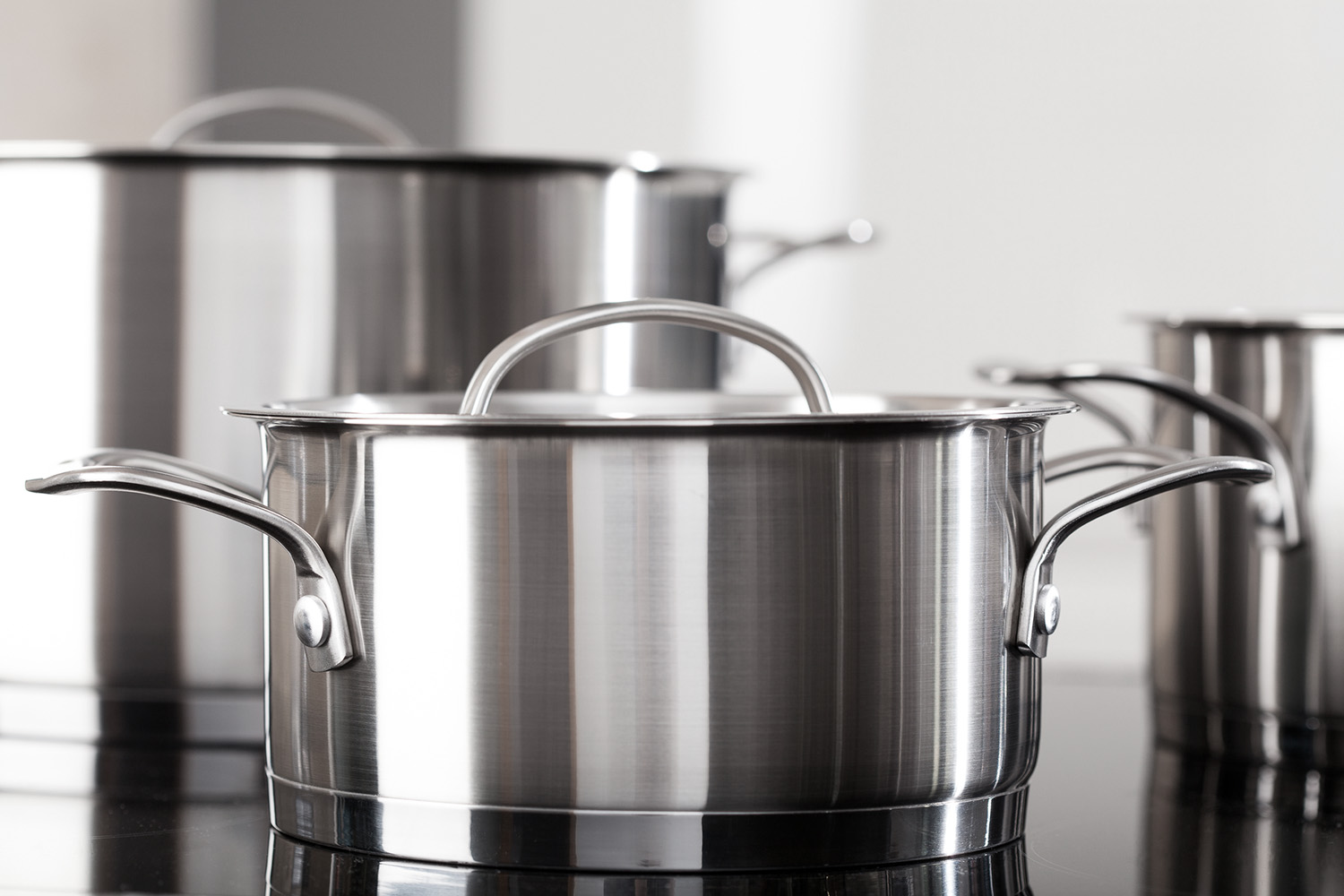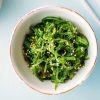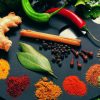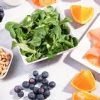- Empty cart.
- Continue Shopping
How to Choose Healthy Cooking Pans

Cooking is not just about the ingredients you use but also the tools you cook with. One often overlooked aspect of healthy cooking is the type of cooking pans you use. Certain materials can react with food, leading to chemical leaching, while others can withstand high heat without releasing harmful substances. This guide aims to help you make informed decisions when choosing healthy cooking pans.
Factors to Consider
Material
- Stainless Steel: Highly durable and less likely to leach materials into food. However, it’s not the best conductor of heat.
- Cast Iron: Excellent heat retention but can leach iron into food, which could be a benefit or drawback depending on your iron levels.
- Ceramic: Free from harmful chemicals but can be less durable than other materials.
Coating
- Non-Stick: Convenient but often contains chemicals like PFOA or PTFE, which can be harmful when heated to high temperatures.
- Enameled: Provides a non-stick surface without harmful chemicals but can be expensive.
Heat Conductivity
Some materials, like copper and aluminum, are excellent heat conductors but can react with acidic foods. Look for pans that have a copper or aluminum core covered with a non-reactive material like stainless steel.
Durability
Consider how long the pan will last. Cast iron and stainless steel are generally more durable than aluminum or ceramic.
Tips for Making a Choice
Assess Your Cooking Needs
Different cooking methods require different types of pans. For example, if you frequently sear meat, a cast-iron skillet may be best. For acidic dishes like tomato sauce, a stainless steel pan is more appropriate.
Check for Safety Certifications
Look for pans that are certified free from harmful chemicals. Certifications to look for include NSF, FDA, and LFGB.
Read Reviews and Recommendations
Customer reviews and expert recommendations can provide valuable insights into the durability and performance of a cooking pan.
Budget
While it’s tempting to go for cheaper options, investing in high-quality pans can be more cost-effective in the long run due to their durability.
Maintenance Tips
- Seasoning: Cast iron and some other pans require seasoning to maintain their non-stick properties.
- Hand-Washing: Dishwashers can be harsh on certain materials. Hand-wash pans when possible to extend their lifespan.
- Avoid Metal Utensils: Using metal utensils can scratch and damage the surface of non-stick and ceramic pans.
in conclusion, coosing a healthy cooking pan involves considering various factors such as material, coating, heat conductivity, and durability. Assess your cooking needs, check for safety certifications, read reviews, and consider your budget to make an informed decision. Proper maintenance can also go a long way in extending the life of your pans. By taking these factors into account, you can ensure that your cooking pans contribute to a healthier and more enjoyable cooking experience








